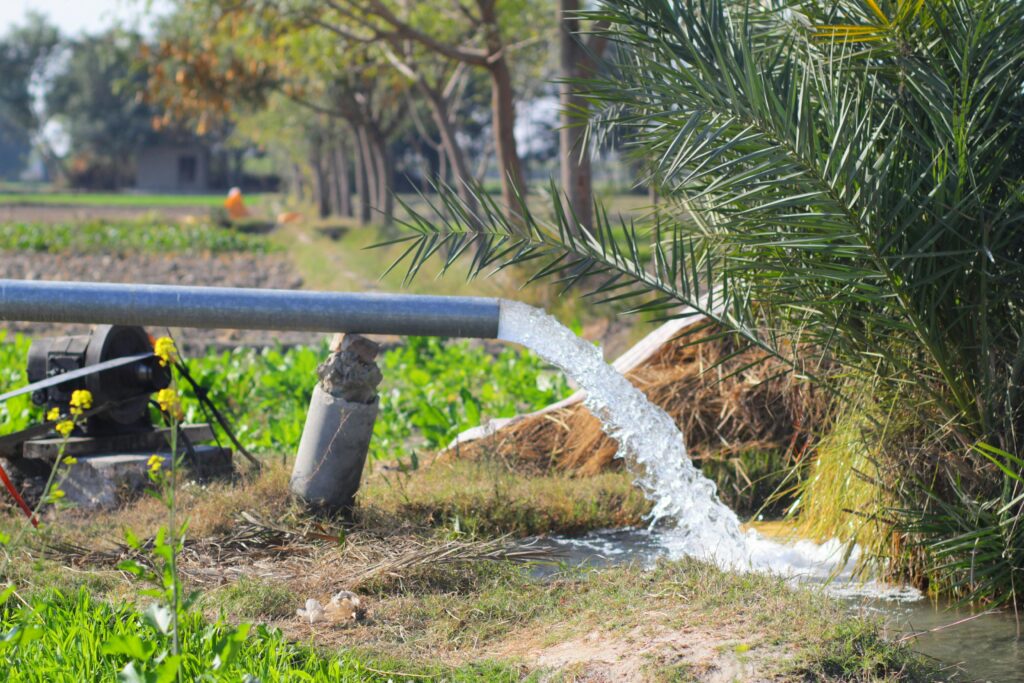When we talk about Punjab – the shared land, we are not merely referring to a geographical location divided between India and Pakistan. We are talking about a land of heartbeats, a cradle of civilization, and a melting pot of cultures, faiths, and traditions that have coexisted for thousands of years.
Punjab, which means “Land of Five Rivers,” is more than just fertile plains and golden fields. It is a living, breathing story—full of heritage, diversity, unity, and resilience. Whether you’re standing in Amritsar in the east or Lahore in the west, the spirit of Punjabiyat (پنجابیت) flows freely across borders.
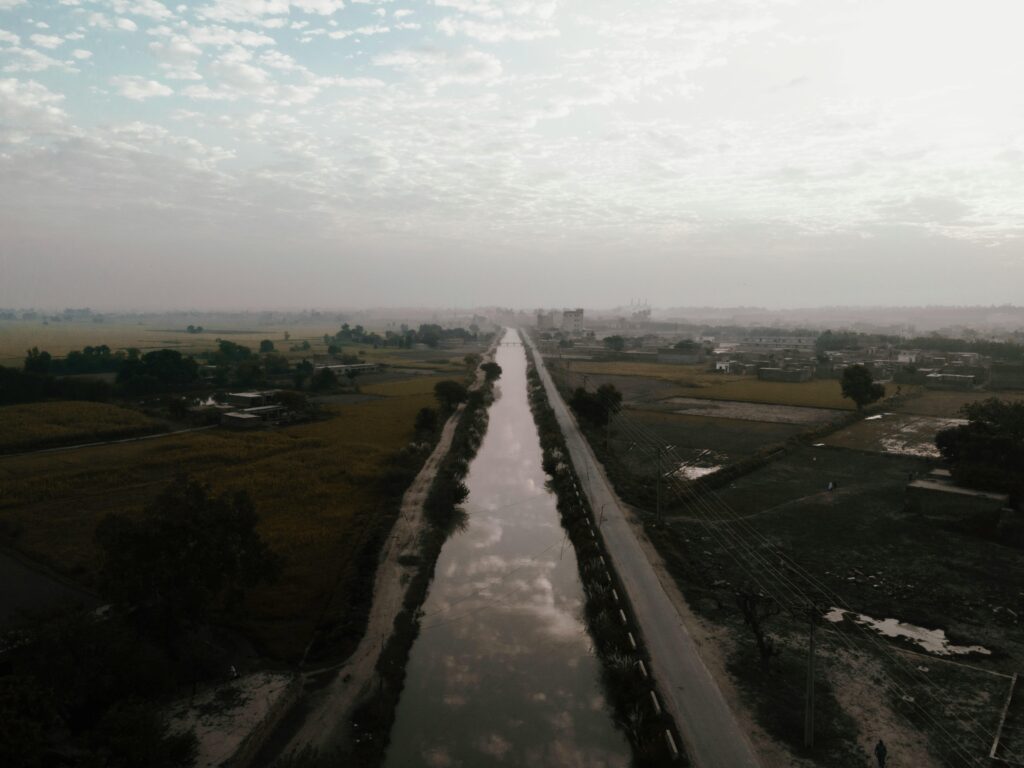
🕰️ A Glimpse into the Glorious Past of Punjab
Punjab’s roots run deep—dating back to around 3500 BCE, when it was home to the Indus Valley Civilization—one of the world’s most advanced ancient civilizations. The ruins of Harappa, located in present-day Pakistan’s Punjab, reveal highly organized cities, sophisticated drainage systems, and a rich trading culture.
This land has witnessed the footprints of some of history’s greatest empires and conquerors. From the Aryans and Greeks (Alexander the Great) to the Mughals and the British Empire, Punjab has always been a prized land due to its fertile soil, strategic location, and vibrant people. Yet, despite the waves of conquest, the soul of Punjab remained resilient—absorbing, adapting, and enriching itself with every new influence.
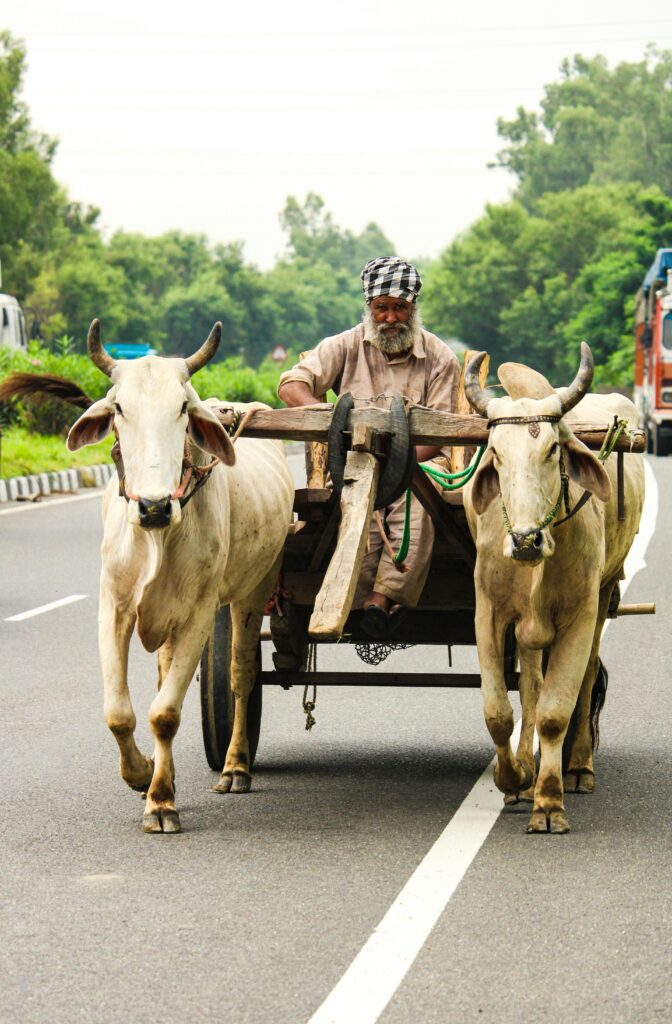
🌍 A Land Shared by Many — Diversity in Every Corner
Why do we call it the Shared Land of Punjab?
Because Punjab is a beautiful example of unity in diversity. Over the centuries, this region became home to multiple religions such as Hinduism, Sikhism, Islam, Jainism, and Christianity, all coexisting with mutual respect and deep-rooted traditions.
From the Sufi shrines of Pakpattan and Multan to the Gurudwaras of Anandpur Sahib and Nankana Sahib, Punjab’s landscape is dotted with symbols of spiritual harmony. The Bhakti and Sufi movements flourished here, promoting love, peace, and humanity beyond religious boundaries.
Even today, the folk songs, dances like Bhangra and Gidda, the colorful festivals, the food, and the warm hospitality show how different communities continue to share this land with open hearts.
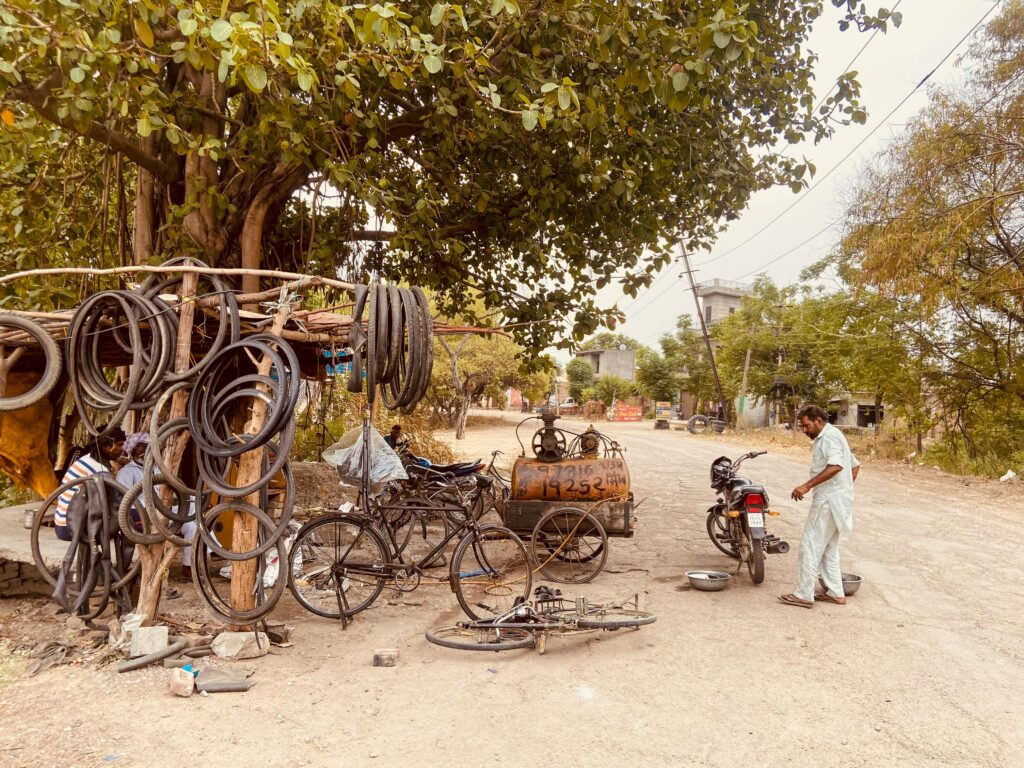
🧬 One People, One Soul – Divided by Borders, United by Culture
After the painful partition of 1947, Punjab was divided between India and Pakistan. But despite the borders, Punjabi culture, language, music, poetry, and traditions continue to thrive on both sides. Whether it’s Gurdas Maan or Nusrat Fateh Ali Khan, Warish Shah’s Heer or Amrita Pritam’s poems, the soul of Punjab flows across boundaries.
The language of love, the songs of harvest, the tales of valor, and the aroma of Makki di Roti te Sarson da Saag—none of these can be confined to a single side of the border.
🌾 Agriculture and the Fertile Heart of Punjab
Punjab has always been called the Granary of the Subcontinent. Its land is not just fertile in the literal sense but also fertile in culture, thought, and spirit. The mighty rivers—Sutlej, Beas, Ravi, Chenab, and Jhelum—make the land lush and green. The hardworking farmers of Punjab, both in India and Pakistan, are the backbone of their respective nations’ agriculture.
Farming is not just a livelihood in Punjab—it’s a way of life, a celebration, a source of pride.
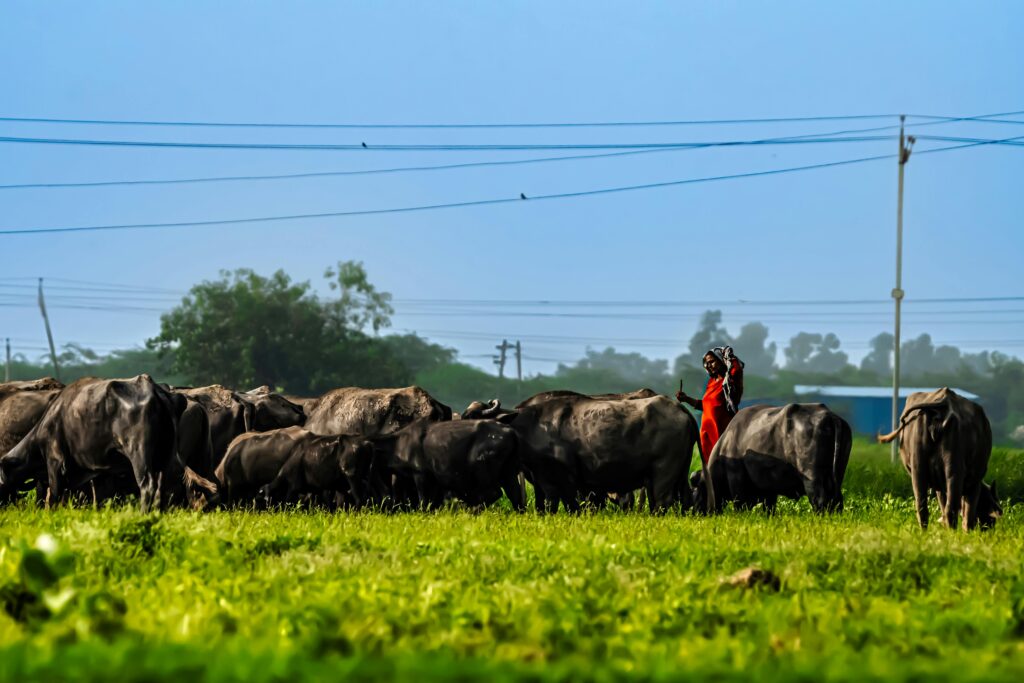
📜 Why the Shared Land of Punjab Still Matters Today
In a world often divided by religion, politics, and borders, Punjab stands as a reminder that coexistence is not just possible—it’s beautiful.
- Punjab teaches us brotherhood.
- Punjab shows us the strength of shared identity.
- Punjab reminds us that love for one’s land, culture, and people knows no boundaries.
Today, in both parts of Punjab, people still speak the same Punjabi language, celebrate similar festivals, share ancestral recipes, and listen to the same folk songs that tell stories of their common past.
🌟 Final Thoughts: A Message from the Heart of Punjab
Calling Punjab a “shared land” isn’t just poetic—it’s a truth rooted in history, culture, and the human spirit. It’s a land that has given the world heroes, poets, saints, and revolutionaries. It’s a land that sings the song of love louder than the noise of conflict.
Whether you are from Indian Punjab or Pakistani Punjab, whether you’re a Punjabi living abroad or someone exploring this culture for the first time—know this:
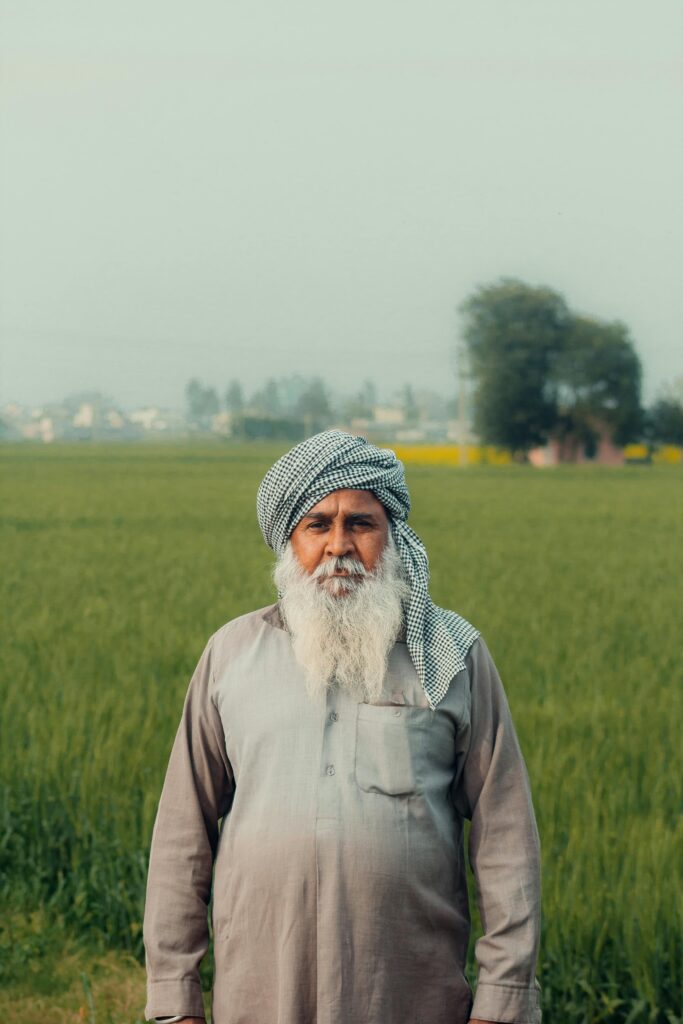
Punjab is not just a place. Punjab is a feeling. Punjab is a heartbeat that beats in many hearts. It is shared, and it is eternal.

